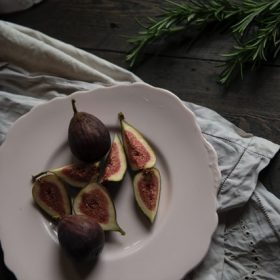Fig Cultivation
Figs cultivation around the world
Creamy, citrusy, honey-like and aromatic are just the flavours you will experience as you try a piece of fresh fig fruit. These small flavour bombs are mainly cultivated in the Middle East and part of the Mediterranean. There are at least 1,000 fig species currently in the world, with even more cultivars being introduced.
Figs are also found to be in the same family as the mulberry. Among the many fig species is the Ficus carica, better known as the common fig. This species itself has spawned a number of varietals such as Super Jumbo (red skin with pink flesh), Persian White (greenish skin and red flesh) and Constantine de Algeria (yellow skin with pale white flesh).
The fig “fruit” is between 3 and 5cm long, usually the fruit’s skin will change colour during the ripening process.
What is typically referred to as fig fruits, are not actually “fruits”. Scientifically, they are called syconia or a collection of hundreds of tiny flowers. A tree of the common fig can grow up to 30 feet tall in the right conditions.
In modern times, Turkey is the biggest fig producer, making up for nearly 30% of the world’s production. Other main producers are Egypt, Algeria, Morocco and Iran.
Fig trees thrive in sunny weather and well-drained soil while saplings are more sensitive to the cold and wind. The trees grow best with eight hours or more of direct sunlight. With ideal conditions, the Ficus carica has been known to live as long as 200 years.





